News
A selection of news articles from the Isotope Geochemistry and Cosmochemistry group, the Department of Earth and Planetary Sciences, and ETH Zurich.
Contents
Prof. Dr. Maria Schönbächler
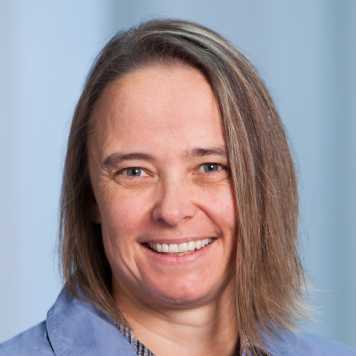
Awarded the honorary title of external page Geochemistry Fellow of the European Association of Geochemistry.
Dr. Henner Busemann

The ETH Board awarded the title of Professor to Senior Scientist Henner Busemann. Article in ETH News
Prof. Dr. Maria Schönbächler

Recipient of the inaugural external page Meteoritical Society Jessberger Award
Collision with neighbour
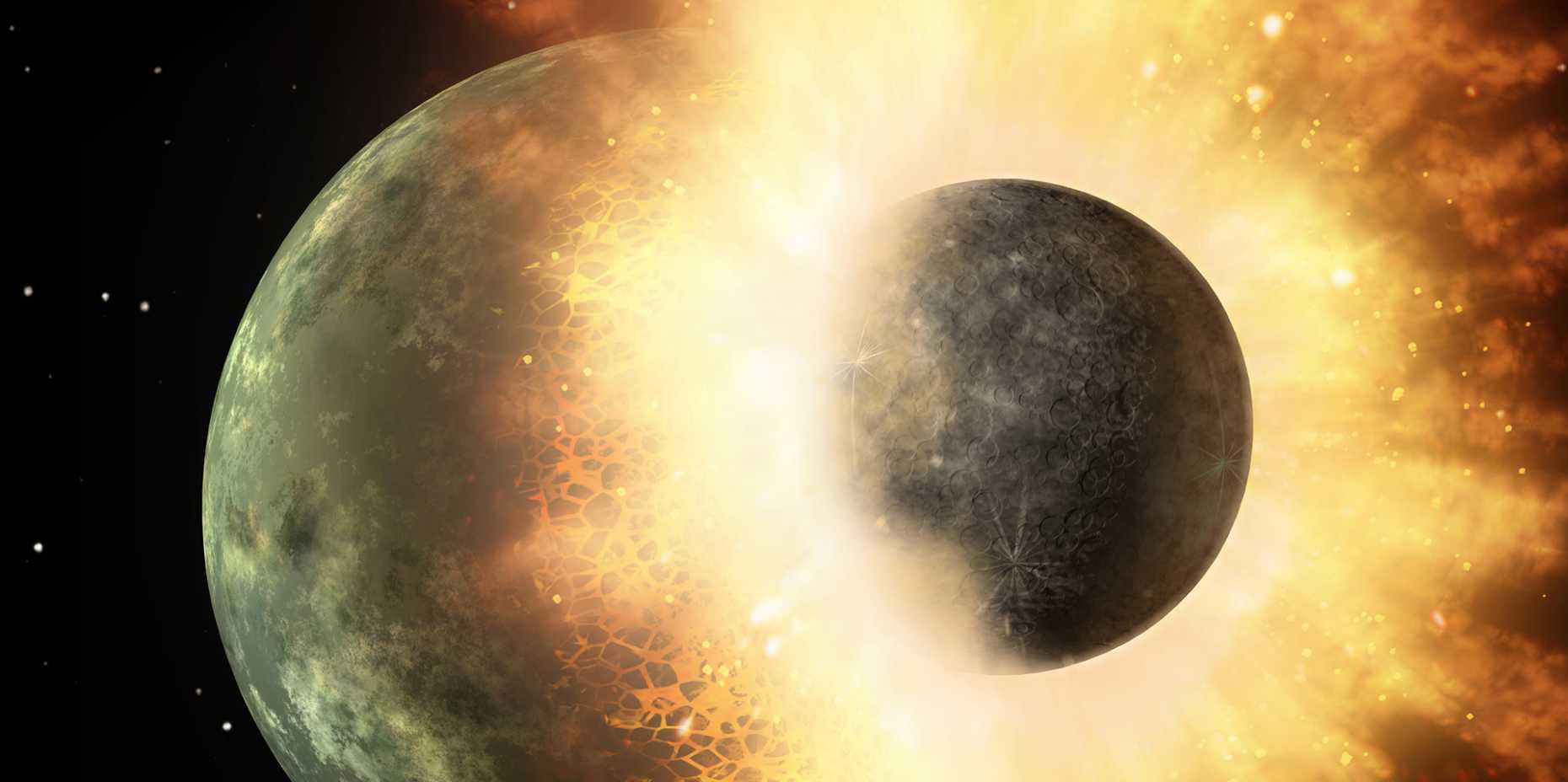
According to theory, the moon was created during a gigantic collision between the earth and another celestial body called Theia. But where did this body come from?
Sunbathing meteoroids
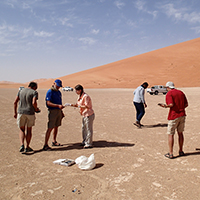
When a meteoroid travels in space, solar radiation leaves distinctive imprints on its outer layer. Together with colleagues, ETH researcher Antoine Roth has developed novel analytical techniques to detect these imprints, allowing the team to reconstruct meteorites’ space journeys.
The mighty Southern Ocean microbe that controls ocean chemistry
A new study led by scientists in the Earth Surface Geochemistry group at ETH Zurich, and just published in Nature Geoscience, shows that a single-celled algal organism in the Southern Ocean controls ocean trace metal chemistry.
Scientists from the Surface Earth Geochemistry group at ETH participate in the Antarctic Circumpolar Expedition
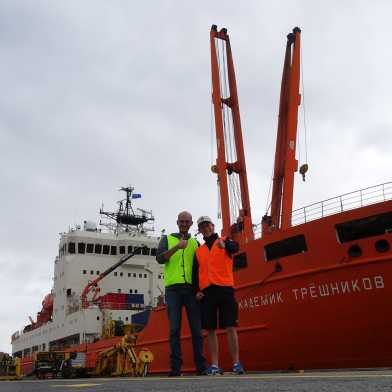
PhD student Matthias Sieber, and post-doctoral researchers Greg de Souza and Nolwenn Lemaitre are braving the rough seas of the Southern Ocean to take part in a remarkable expedition to study the environment of the Southern Ocean, the sea surrounding Antarctica.
A voyage from the Earth’s crust to its mantle and back
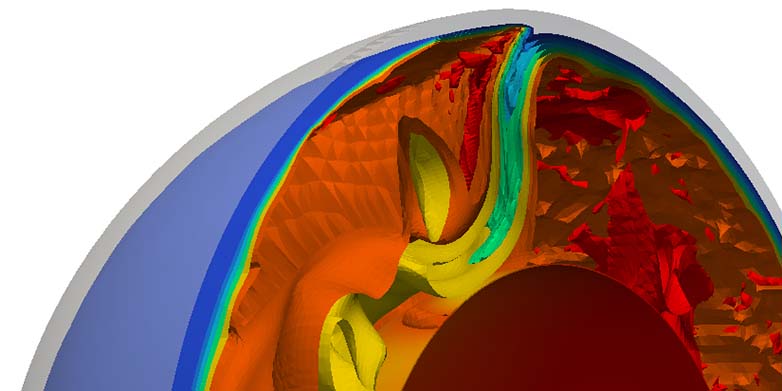
Uranium isotopes leave a distinct ‘fingerprint’ in the sources of volcanic rocks, making it possible to gauge their age and origin. Geologists have gained a new understanding of how the Earth’s crust is recycled back into its interior based on these uranium isotopes.

